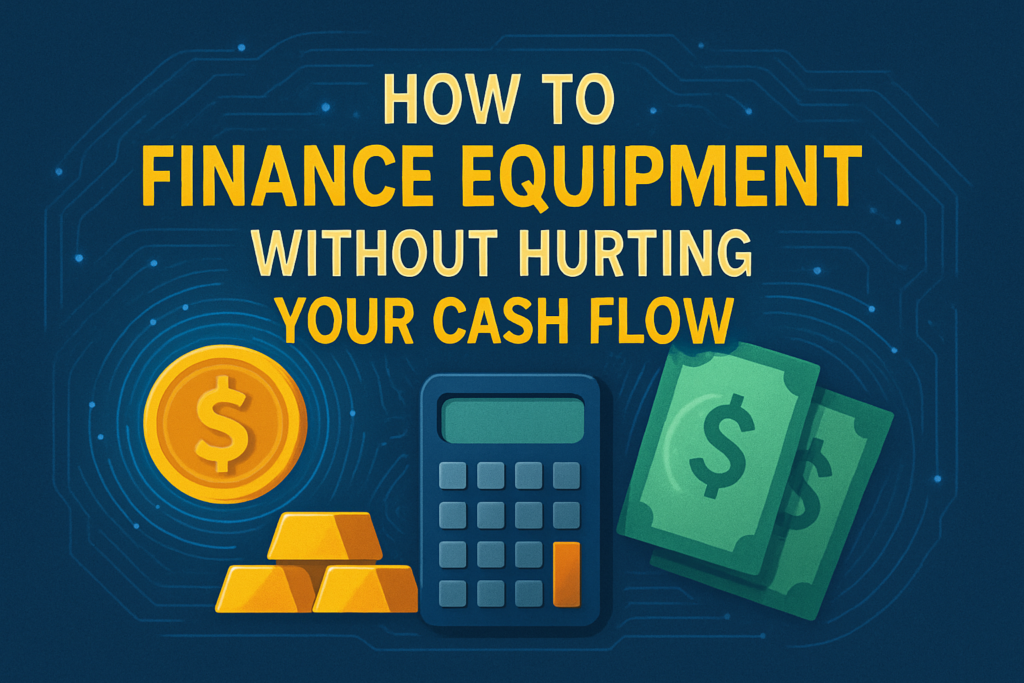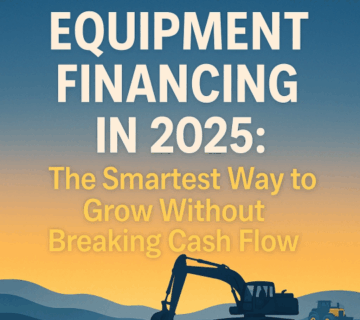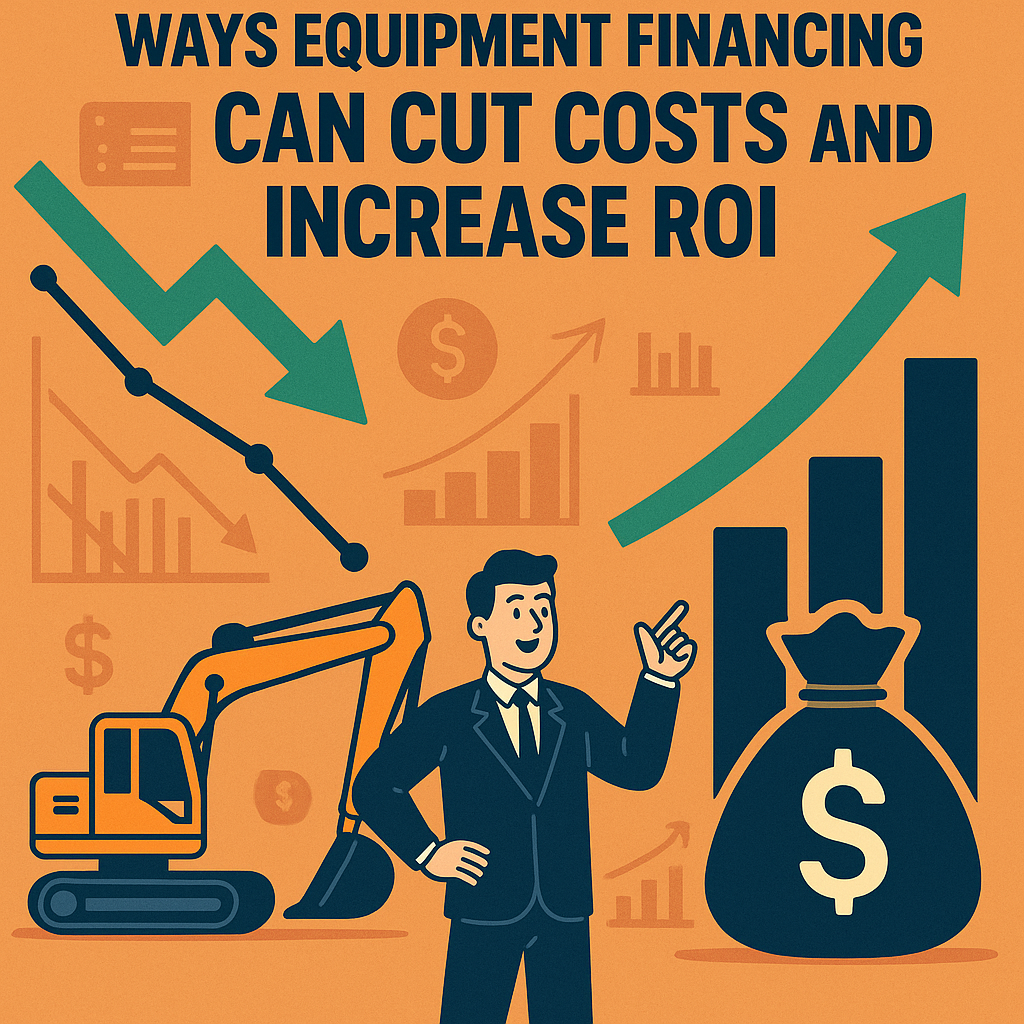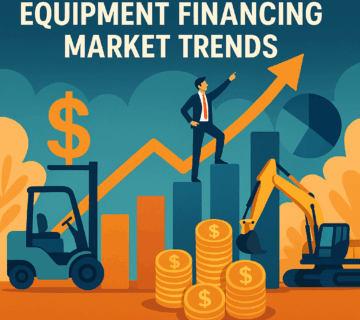How to Finance Equipment Without Hurting Your Cash Flow
Understanding the Importance of Cash Flow Management When You Finance Equipment
Cash flow is the backbone of any business. It fuels daily operations and allows you to seize new opportunities. Whether you’re a startup or an established company, keeping your cash flow intact is essential to staying competitive and solvent.
Why Cash Flow Is Crucial When You Finance Equipment
A healthy cash flow ensures you can cover expenses like payroll, rent, and vendor payments without borrowing money or dipping into emergency reserves. Preserving liquidity enables agility in unpredictable markets.
Common Cash Flow Pitfalls
Finance Equipment: One major pitfall is using too much capital upfront for fixed assets like equipment. While owning the asset sounds appealing, the immediate financial hit can limit your flexibility.
The Real Cost of Buying Equipment Outright
Paying for equipment upfront can seem like the straightforward choice—but there are hidden drawbacks.
Capital Drain
Lump-sum payments severely impact your cash reserves. Whether it’s $10,000 or $500,000, spending that money at once might hinder other vital business activities like marketing or hiring.
Missed Opportunities
When your cash is tied up in assets, you can’t use it for growth initiatives. That new equipment might not generate returns quickly enough to offset the opportunity cost.
Introduction to Equipment Financing
Equipment financing spreads the cost over time, allowing you to maintain operational liquidity. It’s an effective tool to invest in machinery, vehicles, or IT systems without a large upfront payment.
What Is Equipment Financing?
It’s a loan where the equipment serves as collateral. You gain ownership either at the beginning or the end of the term, depending on the structure.
How It Differs from Leasing
Leasing is essentially renting, often with the option to buy. Financing typically ends with ownership from the start. Both have pros and cons depending on your cash flow and usage plans.
Pros and Cons of Equipment Financing
Advantages
- Maintains cash flow
- Predictable monthly payments
- Builds business credit
- Enables access to high-cost equipment
Drawbacks
- Interest and fees add up
- Long-term debt obligations
- Risk of equipment becoming obsolete
Still, most small businesses and startups prefer easy equipment financing due to its convenience and flexibility.
Types of Equipment Financing Options
1. Term Loans: Fixed payments over time; good for expensive machinery.
2. Equipment Leasing: Ideal if you upgrade often.
3. Lines of Credit: Use as needed for multiple equipment purchases.
4. Technology Equipment Financing: Specialized funding for software, servers, and IT.
5. Startup Equipment Loan: Tailored options for newly launched businesses.
How to Choose the Right Financing Option
Match the financing type with your business needs. For example:
- Use technology equipment financing if you’re upgrading your IT infrastructure.
- Go for equipment leasing if your equipment needs frequent upgrades.
- Consider a startup equipment loan if you’re new and need flexible terms.
Equipment Leasing vs. Equipment Loans
Leasing gives you flexibility, while loans provide ownership. Decide based on:
- Usage Period: Short = lease; Long = finance
- Budget: Leasing has lower upfront costs
- Tax Strategy: Ask your accountant, are equipment lease payments tax deductible? (Often, yes!)
Preserving Cash Flow Through Smart Financing
- Opt for seasonal or deferred payment plans
- Forecast ROI before financing
- Budget monthly repayment obligations into your cash flow strategy
These tactics are especially valuable when working with equipment financing companies for startups that offer flexible options.
Understanding Tax Implications
Financing can offer tax advantages like:
- Section 179 Deduction: Deduct full equipment cost in the year purchased
- Lease Payments: Often deductible as a business expense
So yes, in many cases, equipment lease payments are tax deductible.
Navigating Lender Requirements
To qualify, most lenders need:
- Good business or personal credit
- Proof of income
- Equipment quotes or purchase agreements
- Business plan (for startups)
Some of the best equipment financing companies also require 6+ months in business, while others cater specifically to startups.
Building a Financing Strategy
Consider these steps:
- Define your goals (expansion, efficiency, etc.)
- Calculate ROI for each equipment purchase
- Choose a lender from your equipment financing platform launch short-list
- Plan your repayment schedule based on cash flow forecasts
Case Studies: Real-World Wins
- Tech Startup: Used technology equipment financing for servers and software. ROI achieved in 9 months.
- Restaurant: Opted for leasing instead of buying kitchen appliances. Cut launch costs by 60%.
- Construction Firm: Secured startup equipment loans to buy excavators and trucks, enabling them to win larger contracts.
Common Mistakes to Avoid
- Overborrowing: Borrow what you need, not what you want
- Ignoring fees: Always read the fine print
- Skipping tax planning: Work with a CPA to maximize deductions
Hidden Benefits of Equipment Financing
- Access to the latest tech without upfront costs
- Scalability for rapid business growth
- Credit building with each on-time payment
These perks make it easy to understand why more companies are turning to equipment financing platforms for tailored solutions.
Tips for Choosing the Best Equipment Financing Companies
Look for:
- Positive reviews and business ratings
- Fast approval timelines
- Support for startups
- Transparent interest rates
- Industry specialization
Your shortlist of the best equipment financing companies should include those known for reliability, clarity, and flexible packages.
How Startups Can Maximize Equipment Financing
- Apply with a well-structured business plan
- Offer a personal guarantee if needed
- Use niche lenders focused on equipment financing for startups
- Start small and build a repayment track record
Finance Equipment: Preparing for an Equipment Financing Platform Launch
Planning to create your own platform? Focus on:
- User-friendly UX
- Integration with multiple lenders
- AI-based approval algorithms
- Educational content on easy equipment financing options
FAQs on Equipment Financing and Cash Flow
1. Is equipment financing better than paying upfront?
Yes, especially when you need to preserve liquidity for operations or marketing.
2. What are the best equipment financing companies for startups?
Look for those offering flexible terms, low down payments, and startup-friendly approval.
3. Are equipment lease payments tax deductible?
Often yes—speak with your CPA for specific advice based on your lease structure.
4. What is technology equipment financing?
It refers to financing options for laptops, servers, software licenses, and more.
5. Can I get easy equipment financing with poor credit?
Yes, some lenders specialize in bad-credit or high-risk approvals, often with higher interest.
6. What is an equipment financing platform launch?
It’s the release of a fintech platform that connects businesses with equipment lenders digitally.
Final Thoughts: Finance Wisely, Grow Stronger
Financing isn’t just about affording equipment—it’s about smart, sustainable growth. Whether you’re using startup equipment loans, technology equipment financing, or working with the best equipment financing companies, these tools can elevate your business without draining your cash flow.
Choose wisely. Finance smartly. And keep your business nimble and thriving.





No comment